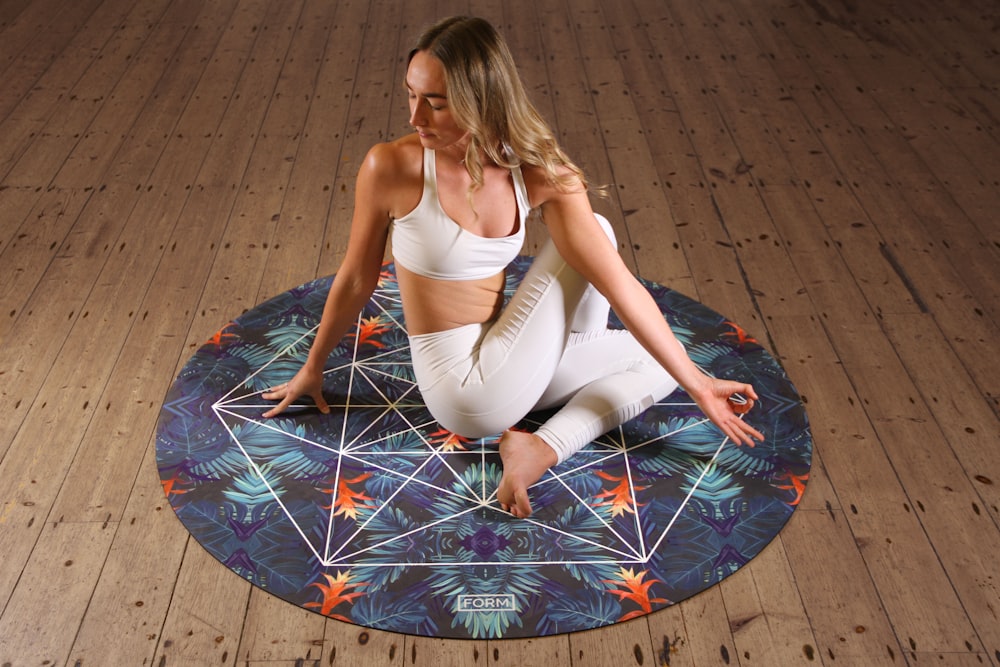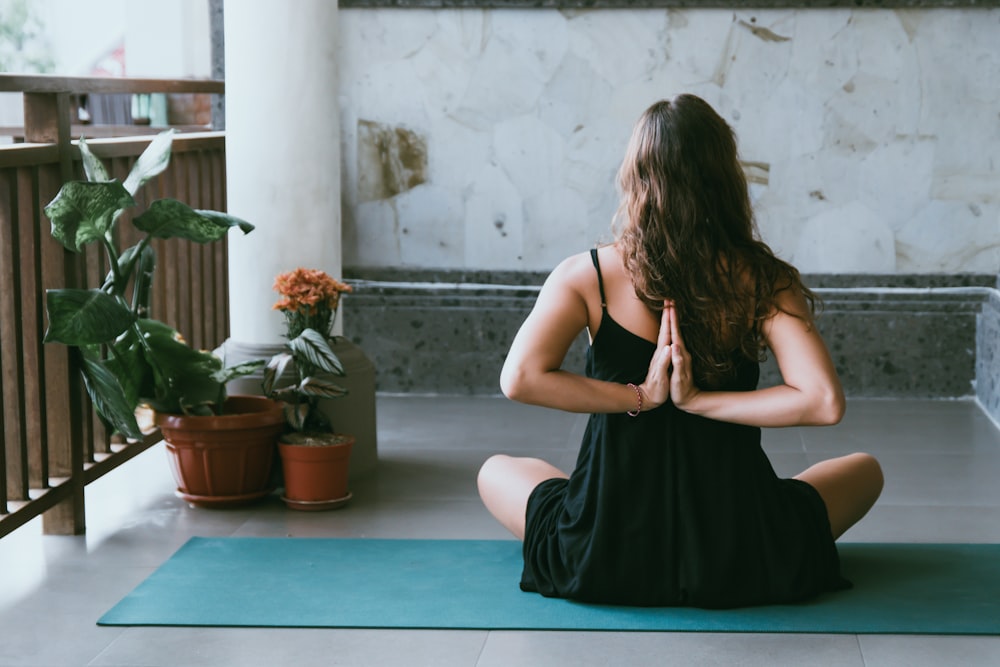Monday, April 9, 2018
How to Create a Serene Meditation Space at Home

Finding the time and energy for regular meditation can be tricky. To make sure you’re gaining the full benefits of meditation and encouraging yourself to practise meditation even when you’re feeling uninspired, consider creating your own serene meditation space. Having a space to decompress, think, and relax will both serve as motivation to meditate, and give you a much-needed break from daily distractions and noisy family members. Creating a serene meditation space at home is easier than it might sound - consider the following elements when designing your perfect meditation space:
Location
You don’t have to have a spare room to create a serene meditation space. A corner of your lounge or office can still serve as a meditation area if you’re short on space – the simple act of practicing meditation in the same space each time will help to train your brain to see it as a place in which it is free to relax. Of course, you can get creative – if you have a walk-in wardrobe or storage room, why not spruce it up a little and repurpose it as a relaxing hideaway?

Décor
One of the keys to creating your perfect meditation space is to keep it simple. Meditating is much more difficult to practise in a cluttered room, so when designing your space, focus on removing anything that’ll be too much of a distraction, although you might like to add a few objects that will serve to motivate you and help you to feel at peace. What works for one meditator might not work for the next, but objects such as rugs and religious or spiritual statuettes (depending on your beliefs) generally help to create a peaceful atmosphere. You might also like to bring in a bit of the outdoors to add a relaxing touch to your space; try a small houseplant or a vase of your favourite flowers.
Lighting
A serene meditation space won’t be very serene without decent lighting. People who meditate by candlelight swear by the practice, insisting that gazing at a candle while meditating provides a focus point and rids the meditator’s mind of distraction. Whether or not you like the idea of this particular practice, it’s true that lighting levels are important in meditation, although you might have to experiment a little to figure out which level of lighting works for you. At dim levels, you might feel more relaxed, whereas at brighter levels, you might find that you feel more alert and can concentrate better. A dimmer light will help you to figure out your perfect level while investing in a decent set of window blinds will allow you to easily control the lighting levels in your meditation space whatever time of the day you choose to meditate.
Sounds
Every meditator is different, but again it’s worth experimenting with sound and music to figure out what works best for your meditation sessions. You might like to listen to ambient sounds that transport you to a faraway beach or rainforest, or you might find that listening to classical music helps you to focus and stop ruminating on unwanted thoughts. Using a quality set of speakers or headphones will rid your meditation space of distractions and ensure that the music or sounds you’re listening to banish any outside noise.
Regular meditation provides a whole host of benefits: better levels of concentration, reduced levels of stress, and an improved sense of well-being, to name just a few. Having a designated space in which to practise meditation will encourage you to practice regularly and obtain these benefits, which in turn will help you to lead a healthier, more fulfilling life.
Subscribe to:
Post Comments
(
Atom
)




No comments :
Post a Comment